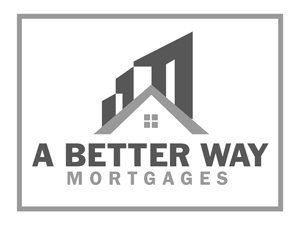New Paragraph
Monthly Newsletter April 2020
As I write this month’s newsletter I hope you and your families are healthy and making the best of the current environment. No blog or announcement would be complete without a sincere THANK YOU and appreciation for all health professionals and first responders who are tasked with one of the most important jobs in keeping those around us healthy. I also wanted to thank those who are now considered Essential Service providers for everything they are doing each day to support us. As we have learned things can change quickly and what we once thought was important may have changed as we all focus on our health and families during this time.
I think we can all try to play a part in some small way as we help each other to make it through. Whether it is helping someone that may find it difficult to get out or even making that call to check-in. Small deeds pay massive dividends. On that note I wanted to let you know, as past clients, that if you have any questions on anything finance or mortgage-related to please reach out. I am always happy to provide any education, advice or insight on financial matters.
For the past two weeks, the top question I am getting is Mortgage Payment Deferrals. Judging by the mass outcry of payment deferral requests, approaching 500,000, I will try to cover here in a few key points:
A payment deferral is NOT
a waiving of payment or a free gift from your lender.
Payments deferrals should only be requested if you have been impacted or will be impacted by COVID-19.
There will be additional interest costs in deferring your payments (interest on interest). Your mortgage payment WILL increase at some point to pay back these deferred payments. This payment increase will occur at one of three times: 1) The end of the payment deferral period 2) The end of the mortgage maturity or 3) The end of your mortgage amortization. The longer you wait the bigger the increase in your payment and the more the interest this will cost you. However, NONE of this matters if you do not have the income or funds to make your payment so please take advantage of this option before your payment goes past due.
This WILL NOT impact your credit score as long as you contact your lender and have received the approval to defer your payments. DO NOT just stop making payments for 6 months.
Requests to defer payments will vary from lender to lender but remember they may want to know if you have been impacted by COVID-19.
Some lenders have set up online forms to get further info or make the request to defer payments. This will be better than calling your lender directly. Contact me if you want your specific lender’s info.
Once again, every one situation is different so I would encourage you to reach out to discuss your situation and develop a strategy to get through this period and understand the impact of the deferrals on your mortgage payment.
The next top question is to review the Government of Canada announcements and significant resources to help Canadians which now total more than $100 billion dollars.
Click here for the link with further details:
https://www.canada.ca/en/department-finance/economic-response-plan.html
Within this page, you will find details on the Canada Emergency Response Benefit (CERB). This one will be the one that most should focus on especially Self Employed. The start date to apply for this benefit is currently set on April 6 and will be phased. You should apply to access it through your online CRA account. If you do not have this set up please start NOW because it may take 5-10 business to get a code to get access to the online account.
For Businesses – https://www.canada.ca/en/revenue-agency/services/e-services/e-services-businesses/business-account.html
For Personal – https://www.canada.ca/en/revenue-agency/services/e-services/e-services-individuals/account-individuals.html
Click here for a booklet with further information
https://mcusercontent.com/b19f9062afdbcf2178541b5c1/files/54a7b830-762d-4d0f-b8fc-7a0870120491/Covid_Booklet.pdf
As always if you have any questions Mortgage Payment Deferrals, Mortgage Rates or anything mortgage please reach out.
Stay Well,
Cory
Share
RECENT POSTS


STAY INFORMED
Subscribe to my newsletter





